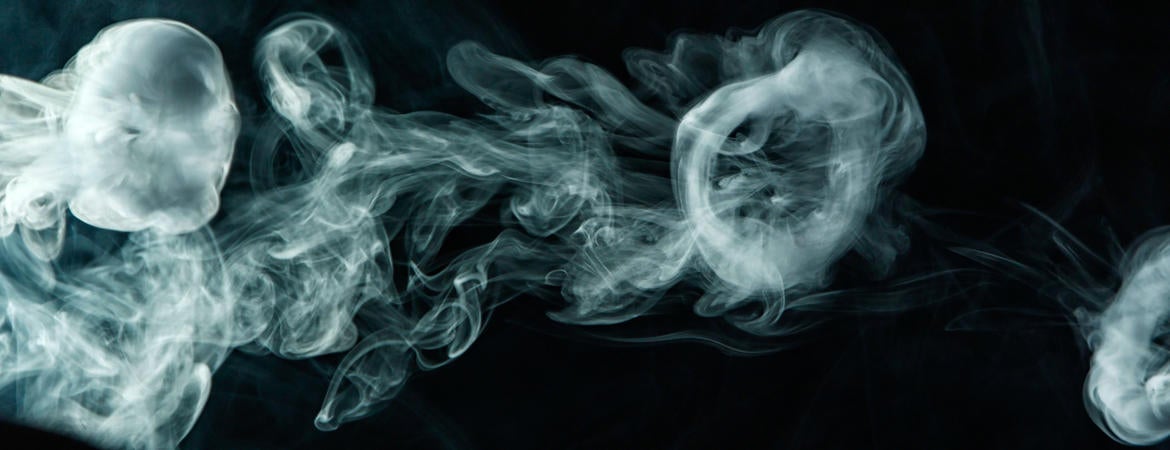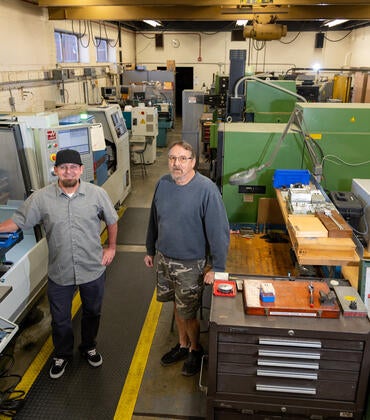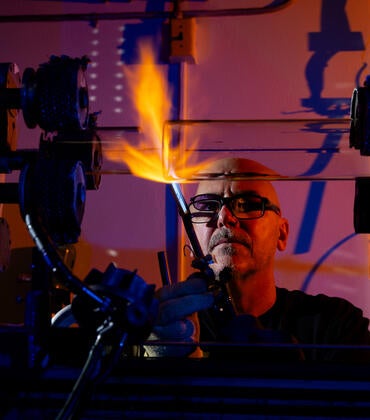Scientists at UC Riverside and Portland State University have evaluated and compared the evolving composition of tobacco-flavored “e-liquids” — electronic cigarette liquids — over the last 10 years and conclude that the e-liquids need to be continuously surveilled.
“Little is known about how the use of flavor chemicals in e-liquids has evolved,” said Prue Talbot, a professor of cell biology at UCR who led the research team. “The chemical constituents of tobacco flavors should be regularly monitored as manufacturers can make flavors that would appeal to young users.”
Talbot’s team found that tobacco-flavored products purchased in 2010 and 2011 had few flavor chemicals, and the concentrations of the flavors were generally very low. In tobacco-flavored refill fluids purchased in 2019 and Puff Bar Tobacco e-cigarettes, however, the total number and concentration of flavor chemicals were higher than expected.
During the past 10 years, Talbot’s lab identified, quantified, and evaluated more than 200 chemicals in e-liquids in many hundreds of products purchased worldwide, and created a database of flavor chemicals in e-liquids.
“Product flavors, such as fruit, candy, and sweet, attract students and young adults who might otherwise not use e-cigarettes,” said Esther E. Omaiye, a postdoctoral researcher in Talbot’s lab and the first author of the research paper published in Tobacco Control, a journal. “The most frequently used flavor chemicals in tobacco e-liquids were fruity and caramellic. E-liquids are evolving in often subtle and harmful ways, underscoring the need to check if manufacturers are using formulations in e-liquids that would be attractive to young users.”




